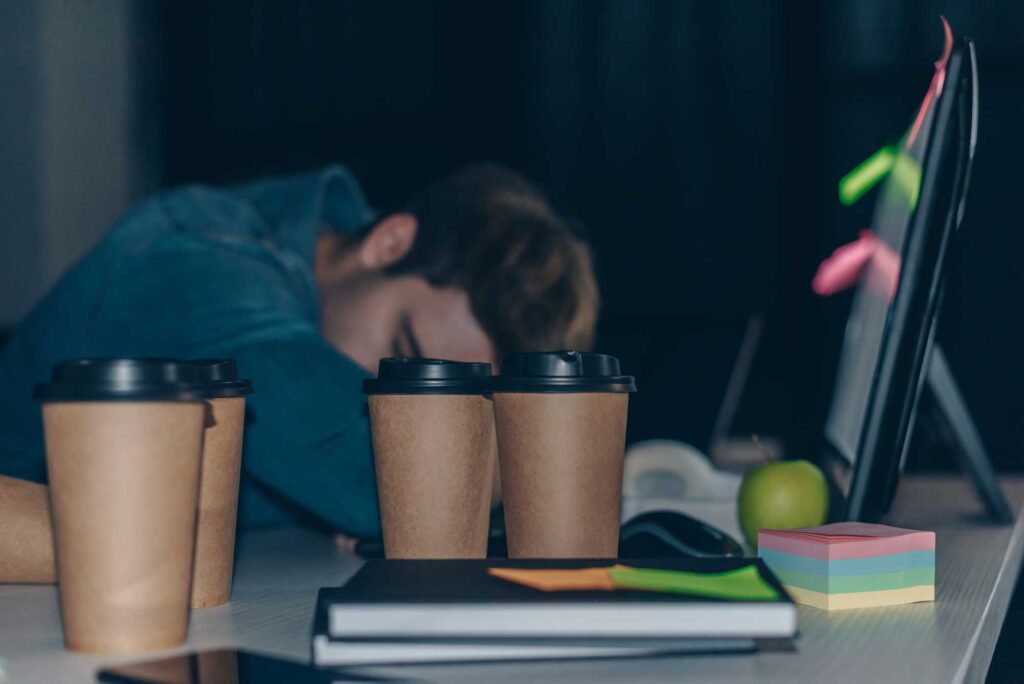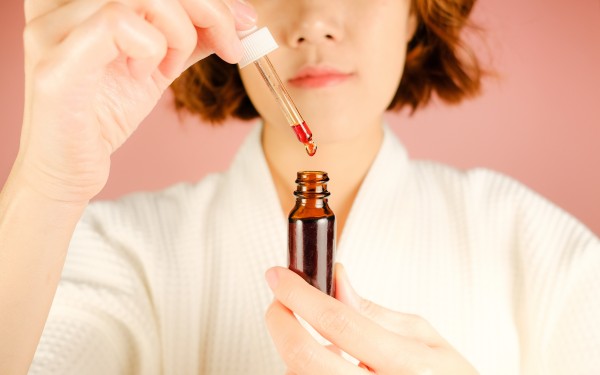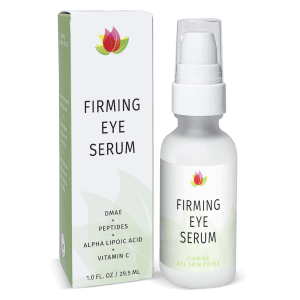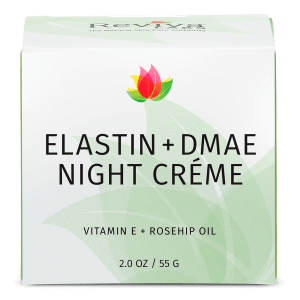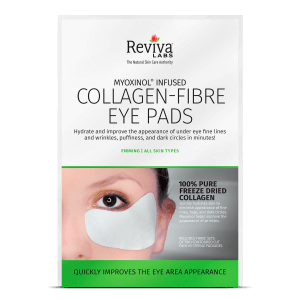Clean Beauty, Skin Care
How Sleep Deprivation Affects Your Skin
I used to think a single late‑night streaming marathon was harmless – until I looked in the mirror after three consecutive four‑hour nights and saw a stranger staring back. Puffiness bloomed beneath my eyes, my once‑rosy cheeks looked sallow, and even my favorite moisturizer seemed to vanish on contact. I’m not alone. Roughly one in three American adults fails to reach the recommended seven hours of nightly rest, a pattern the Centers for Disease Control calls “short sleep.” That statistic represents millions of complexions struggling to repair themselves before the sun rises. The epidermis is resilient, but it was never designed to work the night shift indefinitely.
Behind the scenes, your skin undertakes an intricate set of repairs while you dream. Blood flow to the dermis increases, delivering nutrients that power collagen synthesis. Melatonin, best known for synchronizing circadian rhythm, doubles as a potent antioxidant that neutralizes daily free‑radical assaults. Growth hormone peaks during the earliest stages of deep sleep, prompting fibroblasts to spin fresh elastin fibers that keep cheeks bouncy. Miss that window and the assembly line pauses. Night after night, missed opportunities accumulate until the deficit shows up as rough texture, exaggerated pores, and premature folds.
Laboratory studies confirm what bathroom mirrors reveal. Researchers monitoring participants after a sleepless night recorded elevated cortisol levels that lingered well into the following afternoon. Cortisol isn’t merely the “stress hormone”; it is a catabolic chemical that breaks down proteins – including the very collagen strands you need for firmness. Pair persistent cortisol with reduced production of skin‑plumping hyaluronan, and dehydration quickly follows. Because water loss is invisible at first, many tired people attribute tightness to dry weather or their cleanser, not realizing the leak began on the pillow they never reached.
Exhaustion also unsettles the acid mantle, the slightly acidic film that guards against microbes and environmental toxins. When the mantle’s pH drifts upward after poor sleep, opportunistic bacteria thrive. Dermatologists routinely see a spike in inflammatory acne among students during exam weeks; it’s not only the cafeteria pizza to blame. Sebocytes – the cells that create sebum – respond to hormonal turbulence by releasing thicker, stickier oil. Pores that might have remained clear during well‑rested weeks become traffic‑jammed within a few dawn‑to‑dusk cycles of sleep restriction.
The Night Shift Your Skin Misses
Every evening, clock genes in keratinocytes trigger a cascade of events reminiscent of closing time at a busy café. Debris is swept out, minor repairs are handled, and inventory is restocked. Sleep deprivation interrupts this closing ritual. Without adequate slow‑wave and REM stages, DNA repair enzymes stall, leaving behind oxidative lesions that distort cellular blueprints. Over time, these mutations manifest as uneven pigment and a rougher grain.
Under‑eye circles deliver the most dramatic evidence. Microvascular blood flow stagnates when you’re low on sleep, and hemoglobin lingers in capillaries just below the thin orbital skin. The purple‑blue cast that results is less about “darkness” and more about sluggish circulation. Meanwhile, reduced lymphatic drainage allows interstitial fluid to pool, so shadows gain a puffy, three‑dimensional aspect. Concealer can camouflage tone but rarely flattens the swollen contour, reminding us that topical tricks only go so far when biology wants a nap.
Sleep debt even changes the way light reflects off the face. High‑speed photography reveals that well‑rested skin scatters photons evenly, producing a uniform glow. In contrast, fatigued stratum corneum displays micro‑desquamation – tiny, lifted scales that catch and distort light, dulling the overall sheen by measurable degrees. That loss of luminosity is why people comment on a “tired” appearance before wrinkles deepen; radiance fades first.
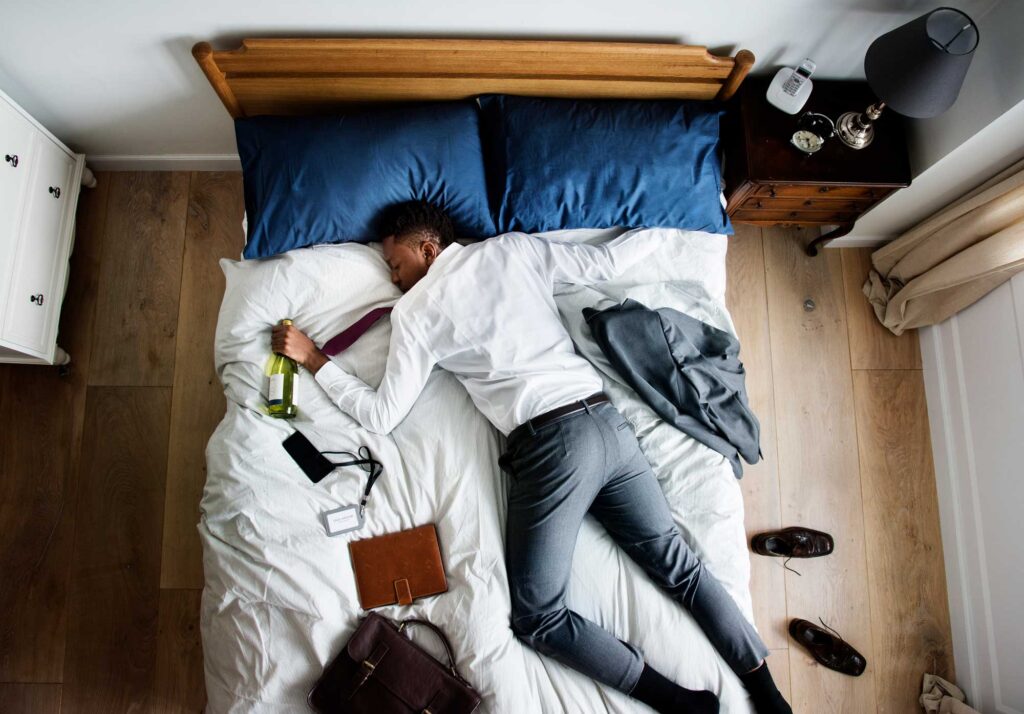
The Barrier Takes a Hit
Your skin barrier resembles a brick wall: corneocytes are the bricks, intercellular lipids the mortar. After a single night of fragmented sleep, scientists have recorded a steep rise in trans‑epidermal water loss, demonstrating cracks between those bricks. Poor sleepers in a landmark study showed a 30 percent slower recovery of barrier integrity following UV exposure than their well‑rested counterparts – meaning environmental insults linger longer and penetrate deeper. That vulnerable interval opens the door to irritants that trigger redness, itching, or flare‑ups of chronic conditions such as eczema and rosacea.
Inflamed skin rarely keeps secrets; redness becomes visible, and sensations of stinging surface without warning. Compensatory habits compound the issue. Many tired people scrub harder, chasing a smoother feel, or they reach for aggressive actives in hopes of “waking” their complexion. Unfortunately, a compromised barrier tolerates exfoliants poorly, and the cycle of irritation deepens.
Dark Circles and Dull Complexion
Under‑eye discoloration isn’t the only vascular change tied to late nights. Peripheral vasoconstriction diverts blood toward vital organs when the body perceives stress, leaving facial skin paler. That contrast magnifies shadows, so circles appear worse than they are. Simultaneously, oxygen saturation in superficial vessels drops, imparting a gray cast. People sometimes describe this as “sallow” or “ashy,” unaware that it is reversible with consistent rest.
Melatonin deserves special attention here. Beyond its antioxidant role, it modulates tyrosinase, the enzyme responsible for melanin synthesis. When melatonin secretion is delayed because the retina never experiences darkness – think doom‑scrolling under the covers – tyrosinase activity spikes, increasing the likelihood of hyperpigmentation. In other words, bingeing late‑night news can literally leave spots in its wake.
Breakouts on the Rise
Immune function falters without adequate restorative sleep. Natural killer cells drop, and inflammatory cytokines surge, creating a perfect storm for Propionibacterium acnes overgrowth. Compounding that vulnerability, cortisol‑driven sebum is rich in squalene that oxidizes easily, forming comedogenic by‑products. Researchers tracking medical residents through 24‑hour on‑call shifts noted a significant uptick in inflammatory lesions the morning after. They weren’t using different products; their immune safeguards had simply fallen asleep on the job they never started.
Sebaceous glands are innervated by nerves sensitive to neuropeptides that rise during stress. Thus, a feedback loop emerges: the less you sleep, the more anxious you feel; the more anxious you feel, the higher your neuropeptide load; the higher the load, the oilier and more inflamed your pores become. Breaking that loop starts with reclaiming rest, not with another exfoliating acid swipe.
Aging Accelerates
Glycation, the non‑enzymatic binding of sugar molecules to proteins, escalates when sleep is curtailed. Advanced glycation end‑products stiffen collagen, creating fine – then not‑so‑fine – lines. Telomeres, the protective tips of chromosomes, also shorten faster in chronically sleep‑deprived individuals. Short telomeres correlate with an aged facial appearance independent of chronological years. That finding crystallizes the suspicion many weary clients voice: “I look older than I am.” They’re not imagining it; their cells are carrying extra mileage.
Even the subtlest architecture of the face shifts. Magnetic resonance imaging demonstrates that nightly growth‑hormone pulses support the thickness of the dermal extracellular matrix. When those pulses flatten, the matrix thins, and gravity’s slow pull becomes more evident. Cheeks lose their gentle fullness; nasolabial folds sharpen. It’s as if a quiet renovation project stopped mid‑build and left scaffolding where sculpted curves used to be.
Strategies to Reclaim Rest
Repair begins the moment you prioritize sleep with the same zeal you devote to serums. Establishing a wind‑down ritual signals the suprachiasmatic nucleus that night has fallen. I dim overhead bulbs an hour before bed, swap doom‑scrolling for paperback fiction, and keep the thermostat around sixty‑five degrees Fahrenheit – temperature range research shows favors deeper slow‑wave cycles. On evenings when anxiety buzzes, I practice four‑seven‑eight breathing until my diaphragm settles. These are small acts, yet their cumulative effect is visible within a week: fewer pillow lines lingering past breakfast and a healthier bounce when I press a fingertip to my cheek.
Skincare can assist, but it must complement biology, not attempt a hostile takeover. I favor formulas rich in antioxidants at night because they intercept free radicals generated by the metabolic chaos of short sleep. A pea‑sized layer of Reviva Labs Antioxidant Day Crème, lightweight yet packed with alpha lipoic acid and CoQ10, stands guard while I ration out those extra REM minutes. In the morning, a sunscreen that contains DNA‑repair enzymes stalls additional damage while the barrier knits itself closed.
Remember that even the most elegant cream cannot override a nervous system stuck in high gear. If you clench your jaw at traffic lights or sip espresso after noon, your efforts will meet resistance. Adopt mindfulness before bed: a lukewarm shower, five minutes of gentle stretching, or a gratitude entry scribbled in dim light. Each practice lowers sympathetic arousal, paving the way for the parasympathetic “rest and digest” state that stitches collagen far better than any laboratory peptide.
Mind, Body, Bedroom
Environment dictates sleep quality as surely as hormone balance. Block intrusive light with blackout curtains, banish the blinking router from the nightstand, and reserve your mattress for sleep and intimacy alone. The hippocampus loves consistency, so choose a realistic bedtime you can honor even on weekends. Once that rhythm stabilizes, melatonin release will synchronize, vascular tone will normalize, and morning brightness will return to your skin as predictably as dawn.
Finally, forgive the occasional late night. Life happens, deadlines loom, babies cry. When sleep suffers, pivot to recovery mode the next evening instead of spiraling into guilt. A twenty‑minute afternoon nap can blunt excessive cortisol without sabotaging nighttime rest. Rehydrate with electrolytes, favor gentle cleansers, and skip aggressive actives until the barrier mends. By the following sunrise, you’ll be back on speaking terms with your reflection – proof that skin, like spirit, rebounds when given the chance.



